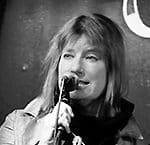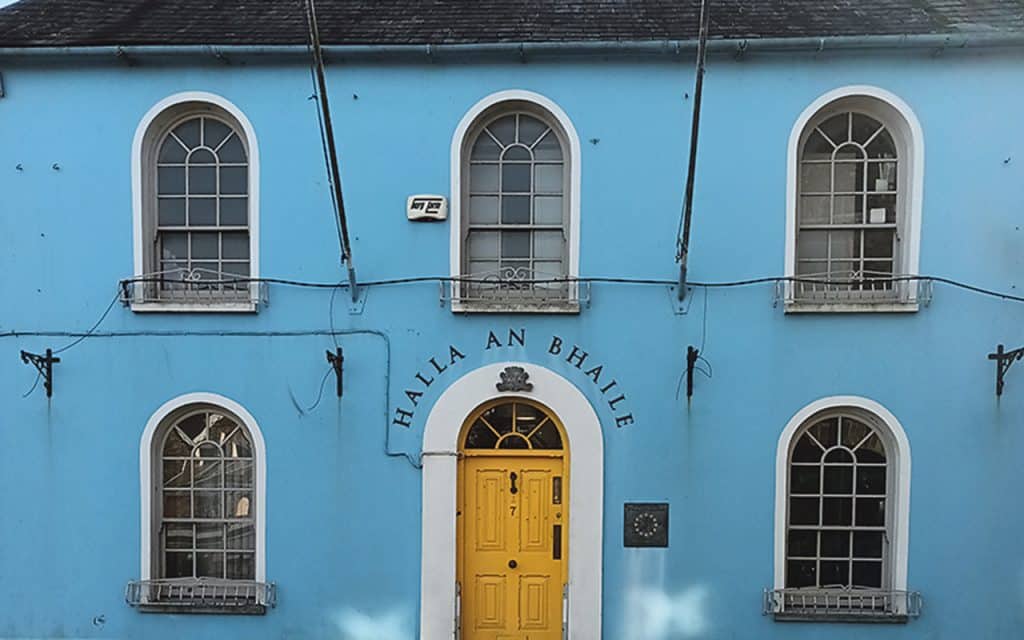James Harpur will be DeBarra’s Spoken Word’s special guest in April in Clonakilty. The biography on his website reveals he is a multiple award-winning author. He doesn’t blow his own trumpet in person. Yet, his work shows ample evidence of multi-faceted brilliance, eloquence, and rich attention for detail writes Moze Jacobs.

Born in the UK to a British mother, and an Irish father who was the son of a Church of Ireland minister from a long line of clerics, James Harpur now lives in Rossmore. He started to write in his early twenties. “I came to poetry only at university,” he told Poetry Ireland Review in 2011. “I suddenly obeyed a subterranean urge and decided that poetry was a noble pursuit and a means of exploring ultimate spiritual questions (by which I mean, is there a God, is there a point to life, is there life after death, and so on), which had always been a central driving force in my life – possibly all those rectors in my DNA. Poetry felt like a mission.”
While writing, he uses a process called ‘active imagination’ as developed by the Swiss psychotherapist Carl Gustav Jung between 1913 and 1916. It is a meditation technique that can serve as a bridge between the conscious ‘ego’ and the unconscious mind.
To date, James Harpur has published 10 collections of poetry, three non-fiction books, and a well-received novel, The Pathless Country, which is all about Ireland. His latest collection, ‘The Gospel of Gargoyle’ (Eblana Press, 2024) was published some months ago. It will be the focus of his reading at DeBarra’s (hosted by Catherine Ronan). In some ways, it is an ode to one of the most iconic Roman-Catholic buildings in the world, the 12th-century Notre-Dame Cathedral. “A building that meant and means a lot to me. I was in Paris for a month in 2018 on a writing residency and saw it almost every day. When the great fire broke out in 2019, I was absolutely devastated.” He began to work on the collection during Covid. “I was quite rattled at the start by its apocalyptic feel. No one really knew how bad the virus would turn out to be.” As is the case with many of his books, dreams played an important part in its genesis. “I occasionally have dreams where I fly backwards in the sky. In this dream, I landed on the rooftop of Notre Dame and saw this gargoyle. He looked at me and said, “Poets do not come here anymore”. It became the opening line to the entire book that basically consists of, “A dialogue between a poet figure like myself and this gargoyle figure on top of Notre Dame who believes he’s a spirit trapped in stone. He needs a redemption or an escape and the gargoyle believes the poet can help him achieve that through acts and words of imagination. The collection is part poem and part whodunit. The central question is, who or what started the fire in the cathedral? I am not going to spill the beans here by telling you what the answer is.” The book comes with wonderful and dramatic illustrations by Paul Ó Colmáin. It seems to hold a fair bit of theatrical appeal in any case. Staged readings involving singers and a short film have already taken place in two places in West Cork. James Harpur: “Eventually it could become a radio play, an opera, a musical. Or even a graphic novel.”
The Gospel of Gargoyle – James Harpur reading, April 9, 8:30pm, DeBarra’s Folk Club, 55 Pearse Street, Clonakilty
Interview with the author is on YouTube



